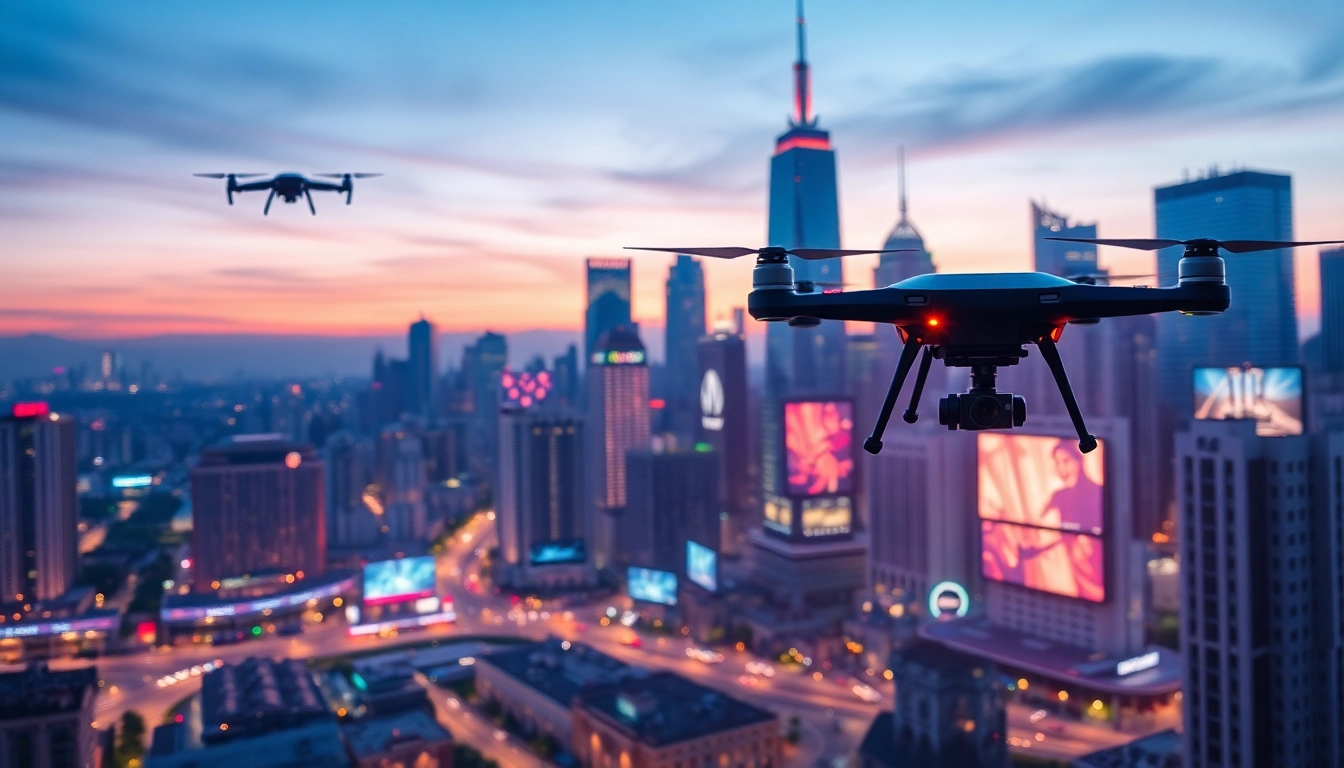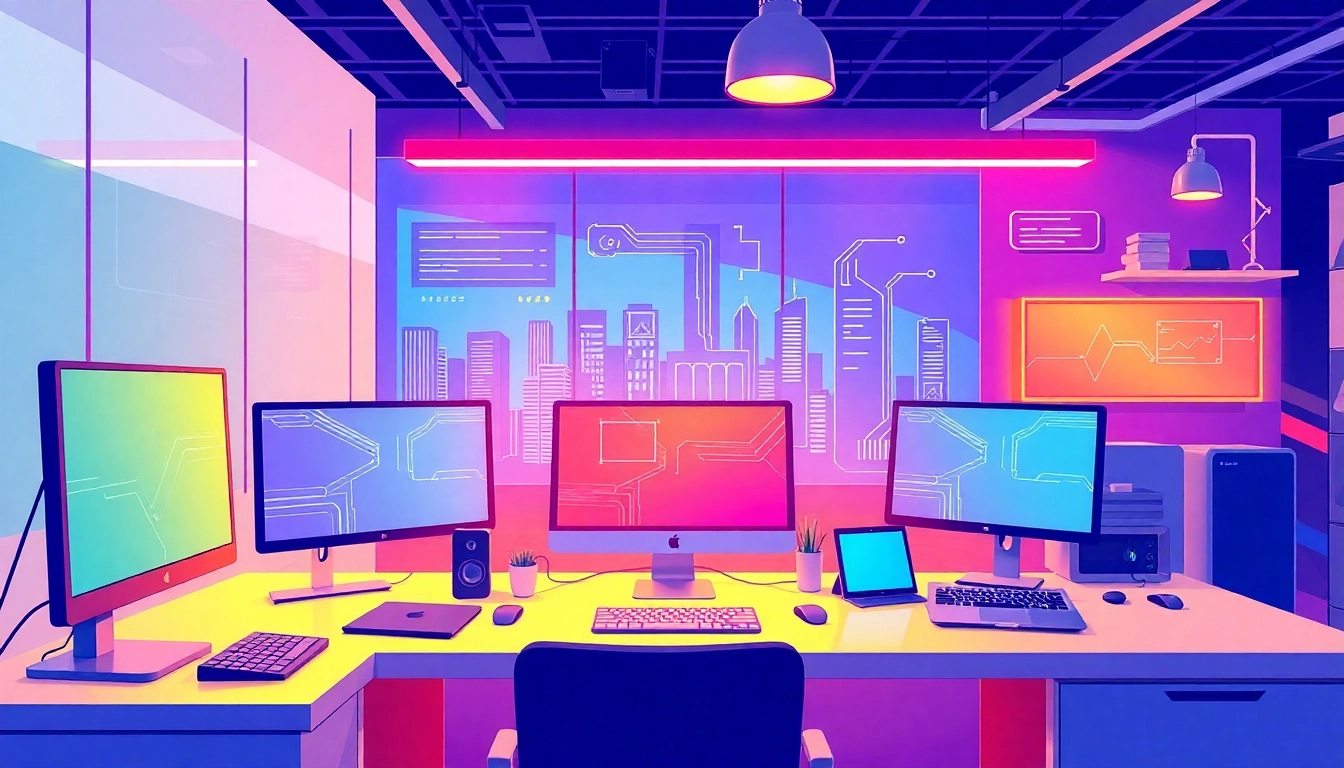Understanding Technology: Definitions and Importance
Technology is an integral part of our daily lives, continuously transforming how we interact, work, and understand the world around us. To grasp its profound impact, we must first delve into the essence of technology and its various implications in society. From facilitating communication to innovating industrial processes, technology serves as a foundation for modern civilization.
What is Technology?
At its core, technology is the application of scientific knowledge for practical purposes. This encompasses a range of tools, systems, and methods used to solve problems and enhance human capabilities. The term derives from the Greek word “techne,” meaning art or craft, highlighting its historical roots in skilled work. Technology evolves alongside human progress, continually adapting to meet new challenges and improve efficiency.
The Role of Technology in Daily Life
Today, technology influences every aspect of our daily lives. It shapes communication through smartphones and instant messaging, revolutionizes transportation with electric cars and ride-sharing apps, and enhances education through online platforms and e-learning. Through these advancements, technology not only simplifies tasks but also fosters connectivity and collaboration across distances.
Types of Technology: An Overview
As technology encompasses various fields, it is categorized into several types, each addressing specific needs. These include:
- Information Technology (IT): Encompassing computing systems and networks, IT drives data management and communication efficiency.
- Biotechnology: This leverages biological systems to develop products and processes, with applications in healthcare, agriculture, and environmental management.
- Robotics: The intersection of engineering and computer science, robotics involves the design and operation of robots that can automate tasks.
- Green Technology: Focused on sustainability, this category promotes the development of products and services that reduce environmental impact.
Current Trends in Technology
As technology rapidly evolves, certain trends emerge that shape its future trajectory. Understanding these current trends can provide insights for businesses, individuals, and policymakers.
Emerging Technologies to Watch
Among the most significant emerging technologies are:
- Blockchain: Originally designed for cryptocurrency, blockchain technology is now being utilized in supply chain management, healthcare, and financial services to ensure security and transparency.
- Quantum Computing: This revolutionary technology promises to handle complex computations far beyond the capabilities of traditional computers, potentially transforming fields such as cryptography and drug discovery.
- Augmented and Virtual Reality (AR/VR): Used in various sectors from gaming to education, AR/VR enhances user experiences by merging digital content with the real world or creating immersive environments.
Impact of AI and Machine Learning
Artificial Intelligence (AI) and Machine Learning (ML) are at the forefront of technology innovation. AI systems can analyze vast amounts of data, identify patterns, and make decisions with minimal human intervention. From improving customer service with chatbots to predicting market trends in finance, AI and ML empower industries with precision and efficiency.
Sustainability and Technology
Sustainability is becoming a pivotal concern as global awareness of environmental issues grows. Technological advancements are critical in developing renewable energy sources, enhancing energy efficiency, and creating sustainable agricultural practices. Innovations such as solar panels, wind turbines, and eco-friendly materials play an essential role in combating climate change and promoting a sustainable future.
Challenges in Technology Adoption
Despite the many benefits technology brings, its adoption is not without challenges. Organizations must navigate various barriers to fully leverage technological advancements.
Common Barriers to Implementation
Common challenges include:
- Resistance to Change: Employees may be hesitant to adopt new technologies, fearing job displacement or the complexity of new systems.
- Resource Constraints: Small businesses, in particular, may lack the financial resources or infrastructure necessary to implement new technologies.
- Insufficient Training: The success of technology implementation often hinges on proper training; without it, users may struggle to utilize new systems effectively.
Security Concerns in Modern Technology
As technology evolves, so do threats to security. Cybersecurity has become an essential area of focus for businesses as they seek to protect sensitive information from breaches and attacks. Regular security audits, employee training, and investing in robust security software are vital strategies to mitigate risks.
Addressing Technological Inequality
Technological inequality remains a pressing issue, with access to technology often dictated by socioeconomic status. Digital literacy programs and public initiatives aimed at increasing connectivity in underserved communities can play a significant role in bridging this gap.
Future of Technology: Predictions and Insights
Looking ahead, the future of technology is filled with possibilities that are both exciting and daunting. As we continue to innovate, it’s crucial to anticipate trends and prepare effectively for upcoming changes.
Potential Advancements in the Next Decade
The next decade is expected to see significant advancements in fields such as:
- Biotechnology: Advancements in gene editing and personalized medicine will likely revolutionize healthcare outcomes.
- Smart Cities: Technology will play a crucial role in urban planning, from traffic management systems to energy-efficient buildings.
- Autonomous Vehicles: Increased investment in self-driving technology could redefine transportation systems globally.
The Intersection of Technology and Society
As technology becomes increasingly embedded in our lives, understanding its societal implications becomes essential. Ethical considerations, privacy rights, and the potential for technological monopolies can influence public sentiment and regulatory measures.
Preparing for Technological Change
For individuals and organizations, preparing for technological change involves continuous learning and adaptation. Staying informed about industry trends, investing in employee training, and fostering a culture of innovation can help navigate the complexities of the technological landscape.
Leveraging Technology for Business Growth
Businesses can harness technology not only for operational efficiency but also for strategic growth. A clear approach to integrating technology can yield substantial dividends.
Technology Strategies for Entrepreneurs
Entrepreneurs should consider the following strategies to leverage technology for growth:
- Utilizing Cloud Computing: Cloud solutions offer scalability and accessibility, allowing startups to expand operations without incurring heavy infrastructure costs.
- Implementing Customer Relationship Management (CRM) Systems: CRM technologies streamline customer interactions and data management, enabling personalized marketing and improved service delivery.
- Investing in Social Media Marketing: An effective online presence can significantly boost brand visibility and customer engagement.
Case Studies in Successful Technology Integration
Numerous companies have successfully integrated technology to enhance growth. For instance, Netflix transformed how we consume media by leveraging streaming technology and advanced algorithms for personalized recommendations. Similarly, Amazon’s use of robotics in its fulfillment centers has dramatically improved order processing efficiency.
Metrics for Measuring Success in Technology
To ensure technology investments are yielding results, businesses should establish clear metrics for measurement. Common performance indicators include:
- Return on Investment (ROI): Evaluating profit against technology spending helps determine financial efficacy.
- User Adoption Rates: Understanding how quickly and effectively users embrace new technology can reveal its practical usability.
- Operational Efficiency Metrics: Metrics focused on process optimization can highlight areas where technology significantly impacts productivity.



